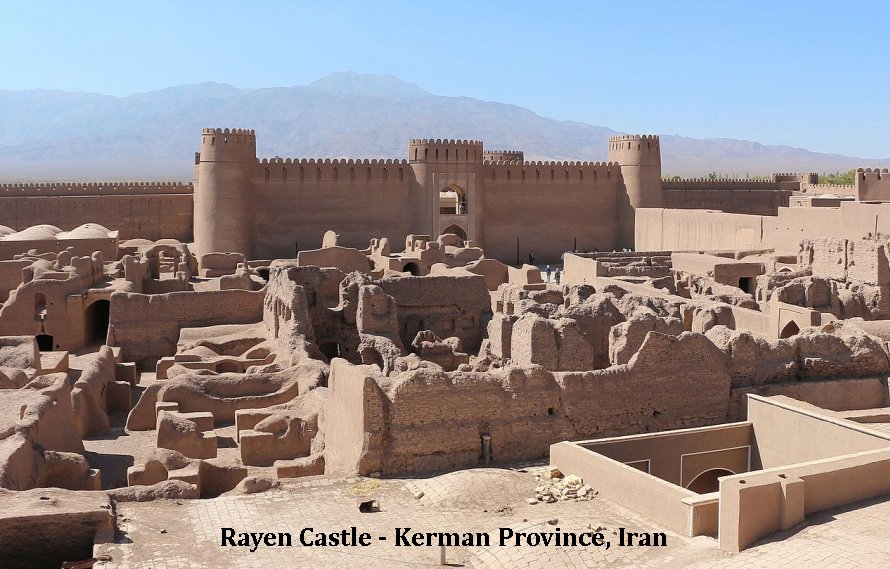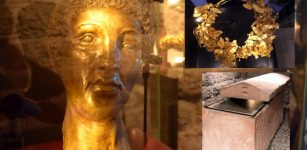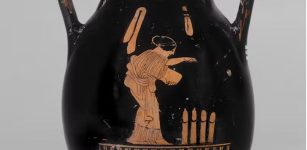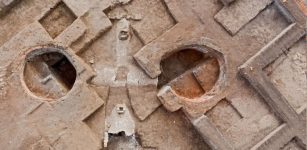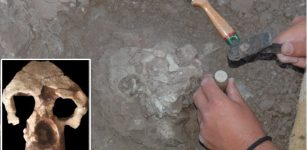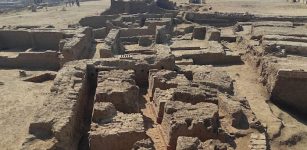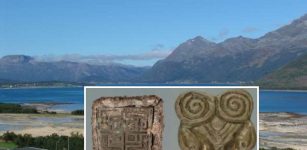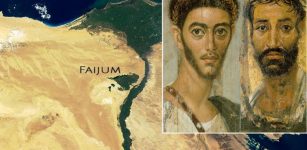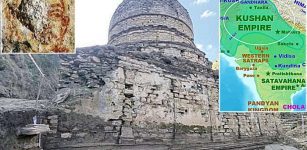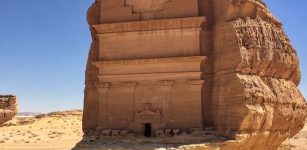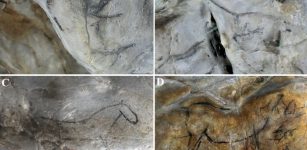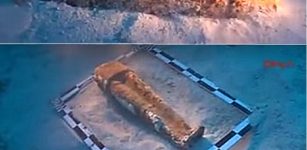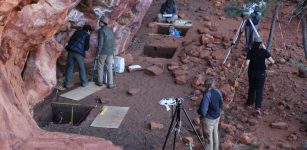Graves Dated To Achaemenid Or Parthian Empire – Found In Iran
AncientPages.com - Archaeologists have unearthed five hundred ancient graves which could belong to either the Achaemenid (550-330 BC) or the Parthian (247 BC-224 AD) Empire.
The discovery was made at a burial site in the village of Mehdiabad, in the southeastern province of Kerman, Iran.
Kerman Province of Iran is a fascinating part of the country for both archaeologists and palaeontologists. due to an abundance of fossils from different geological eras. The history of human settlements in the territory of Kerman dates back to the 4th millennium BC.
This area is considered as one of the ancient regions of Iran and valuable historical vestiges have been discovered here. Jiroft is an example, where a previously unknown settlement dating back to around 2500 BC has been established by archeologists. Kerman has an abundance of historical sites and landmarks, 283 in total, according to Iran's Cultural Heritage Organization. Ancient abandoned citadels such as Arg-e Bam (the entire fortress is named the Bam Citadel) and Rayen Castle have been preserved in the desert for 2,000 years.
The origin of this enormous citadel can be traced back to the Achaemenid Empire (sixth to fourth centuries BC) and even beyond.
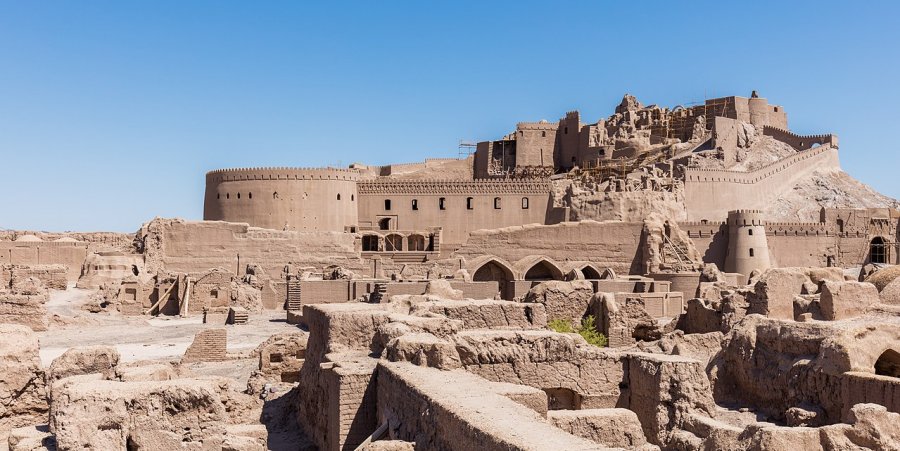
Bam Citadel, Iran after the reconstruction - the largest adobe building in the world and an UNESCO world heritage site, located in Bam, Kerman Province, southeastern Iran. Image via wikipedia
The citadel flourished from the seventh to eleventh centuries, being at the crossroads of important trade routes and known for the production of silk and cotton garments.
See also:
Ruins Of Ancient City Emerged From The Sand In Kerman Province, Iran
Is Mysterious Prehistoric Jiroft The Legendary Land Of Aratta?
Vanished City Of Pasargadae: Capital Of Achaemenid Empire Under Cyrus The Great
Kourosh Mohammadkhani, who led a team of archaeologists, said the site was already located in 2011 but the graves were first discovered five years later, when a flash flood washed away a massive amount of earth.
According to Mr. Mohammadkhani, the location of these 500 ancient tombs - scattered in an area of eight hectares. - was determined with the help of a magnetic survey.
However, the tombs have already been looted and the tomb robbers had removed many valuable historical artifacts.
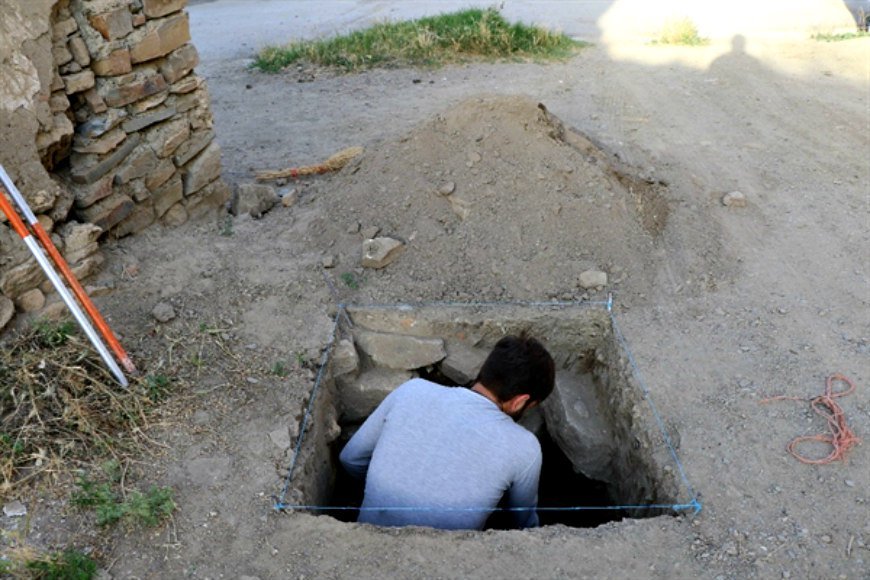
The tombs had been raided by unknown individuals who had removed every valuable historical artifact.
He said that had found 500 graves so far. It is unclear precisely what objects were taken by the tomb robbers.
Archaeologists from the Bam National Heritage Site believe that the graves are from the Achaemenid period. However, another group of archaeologists thinks that the burial site belongs to the later Parthian empire and further research will determine the exact date of the graves.
It is worth mentioning that the Kerman Province is also very interesting palaeontologically. Fossils discoverd in the area, include Placodermi, jawed and jawless armoured fish dating back to the Devonian period (395 to 365 million years ago), dinosaurs (195 to 66 million years ago) and mammals from the Tertiary period (ranging from two to seventy million years ago).
AncientPages.com

